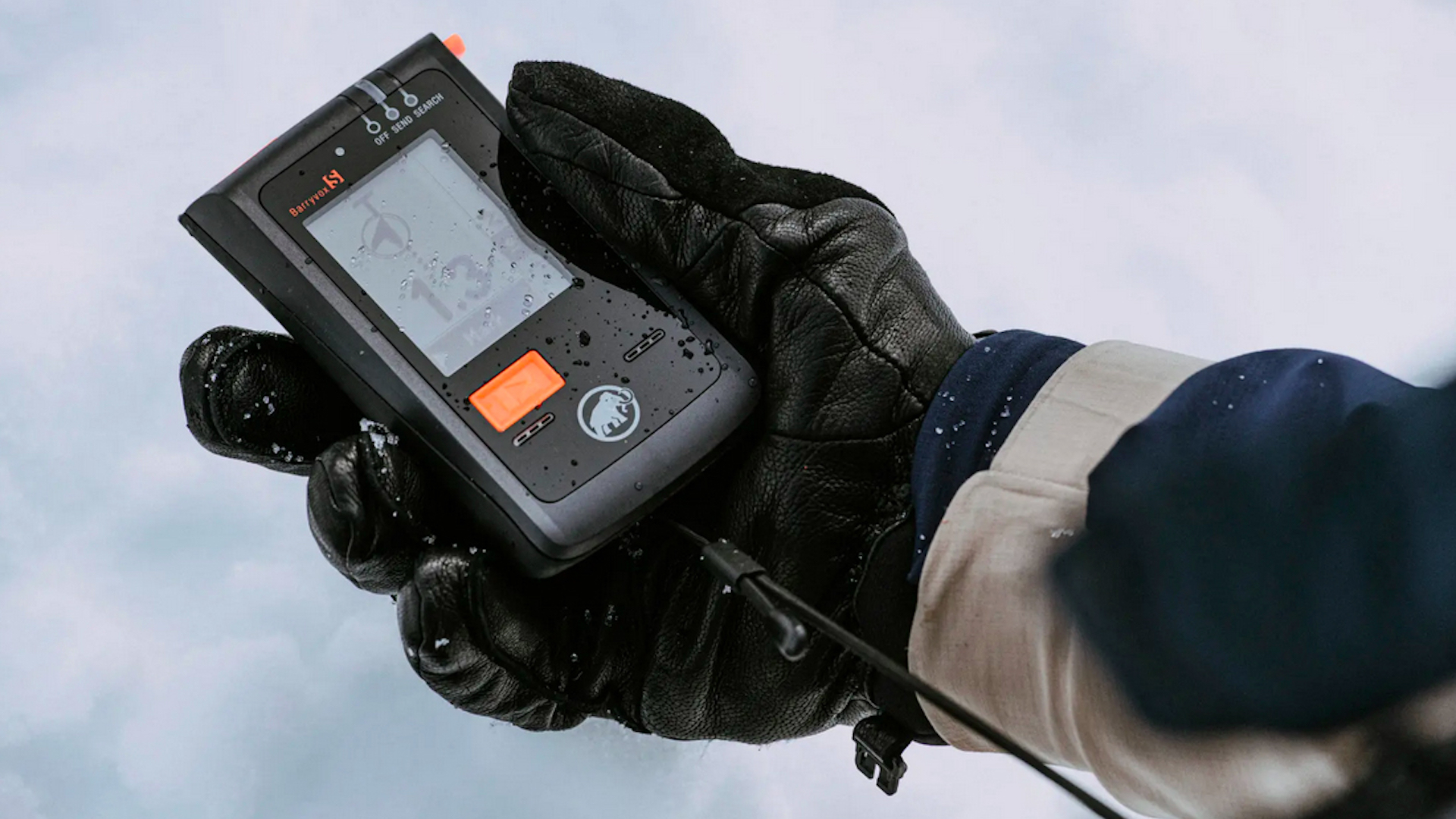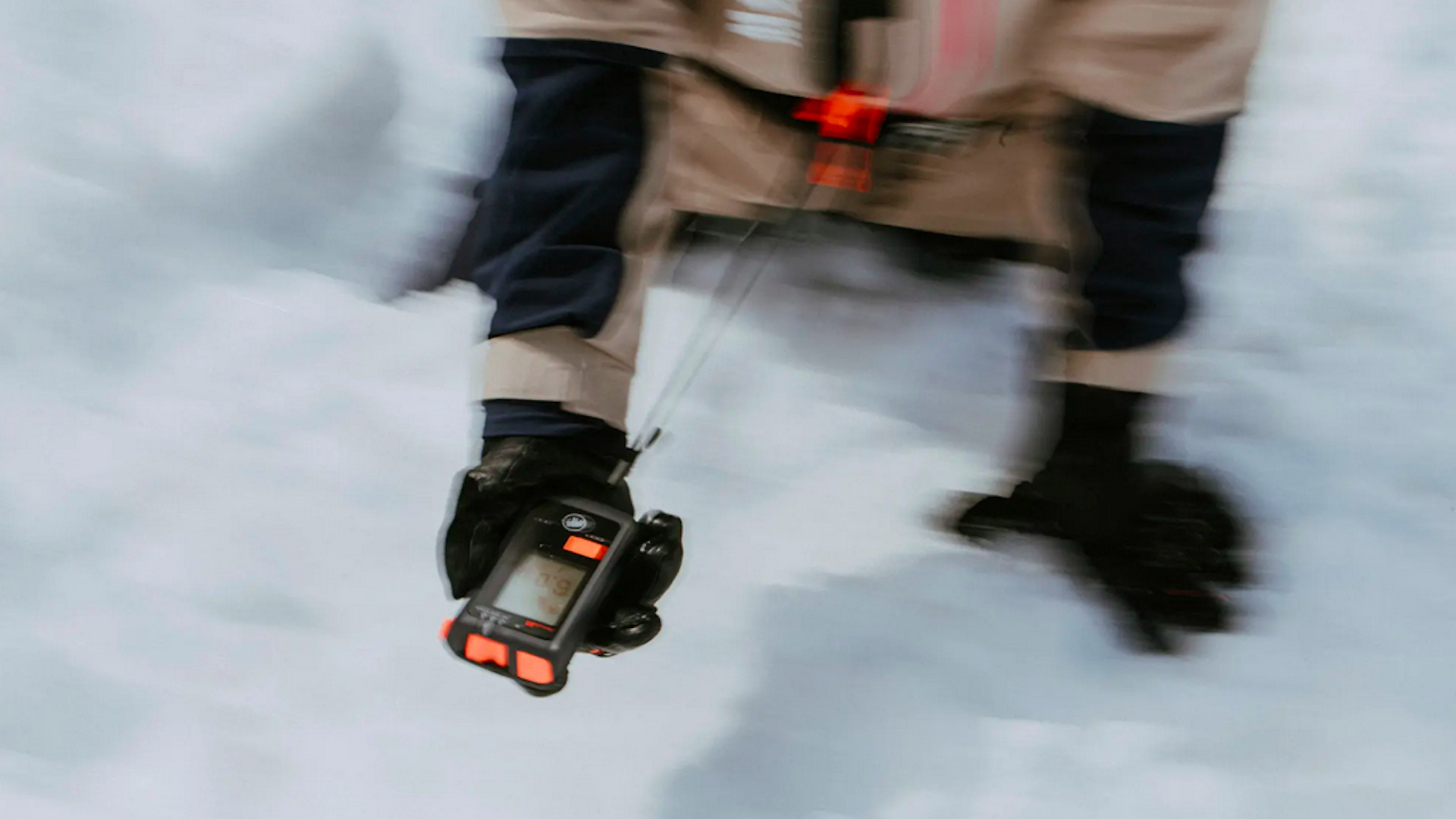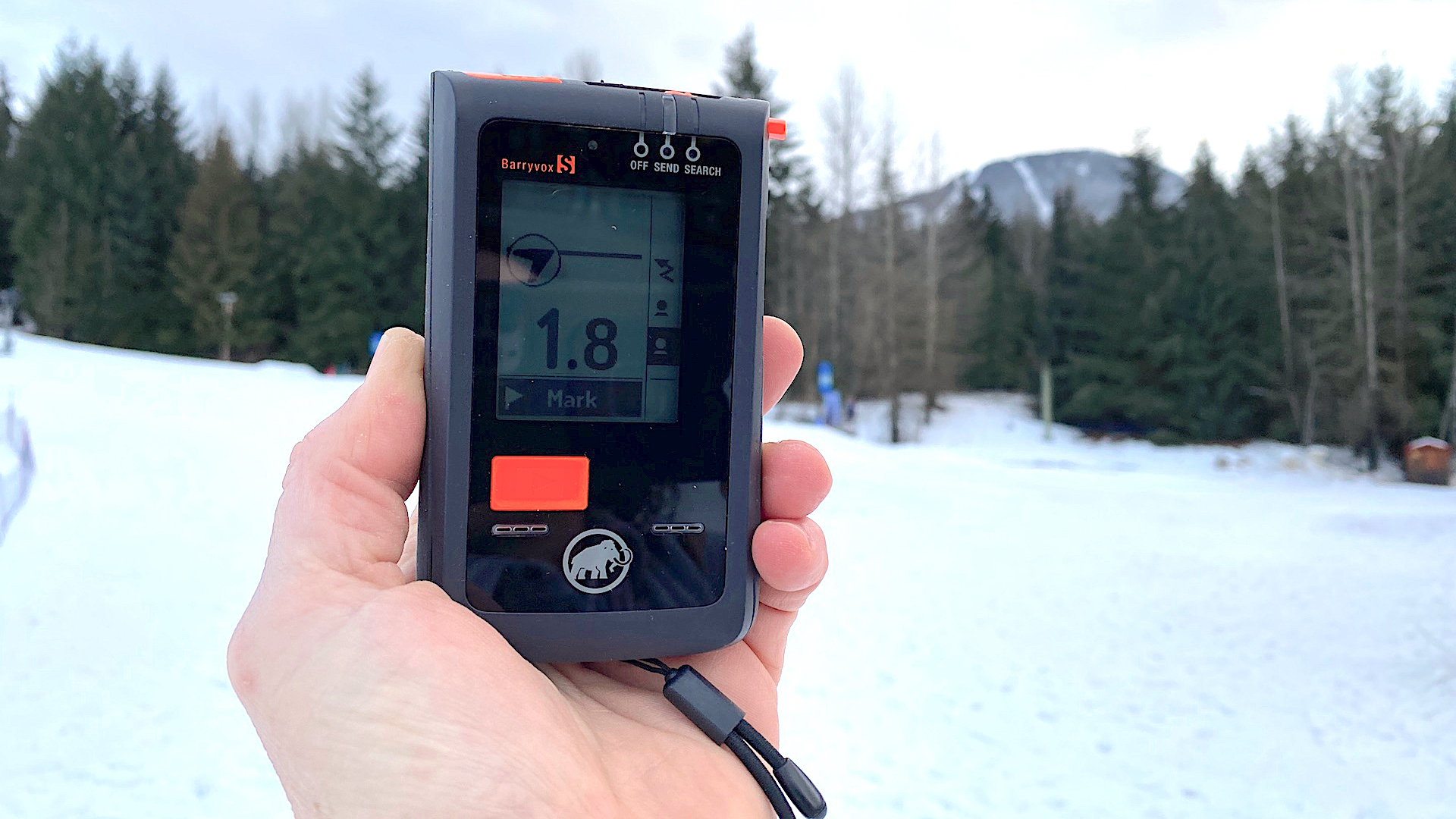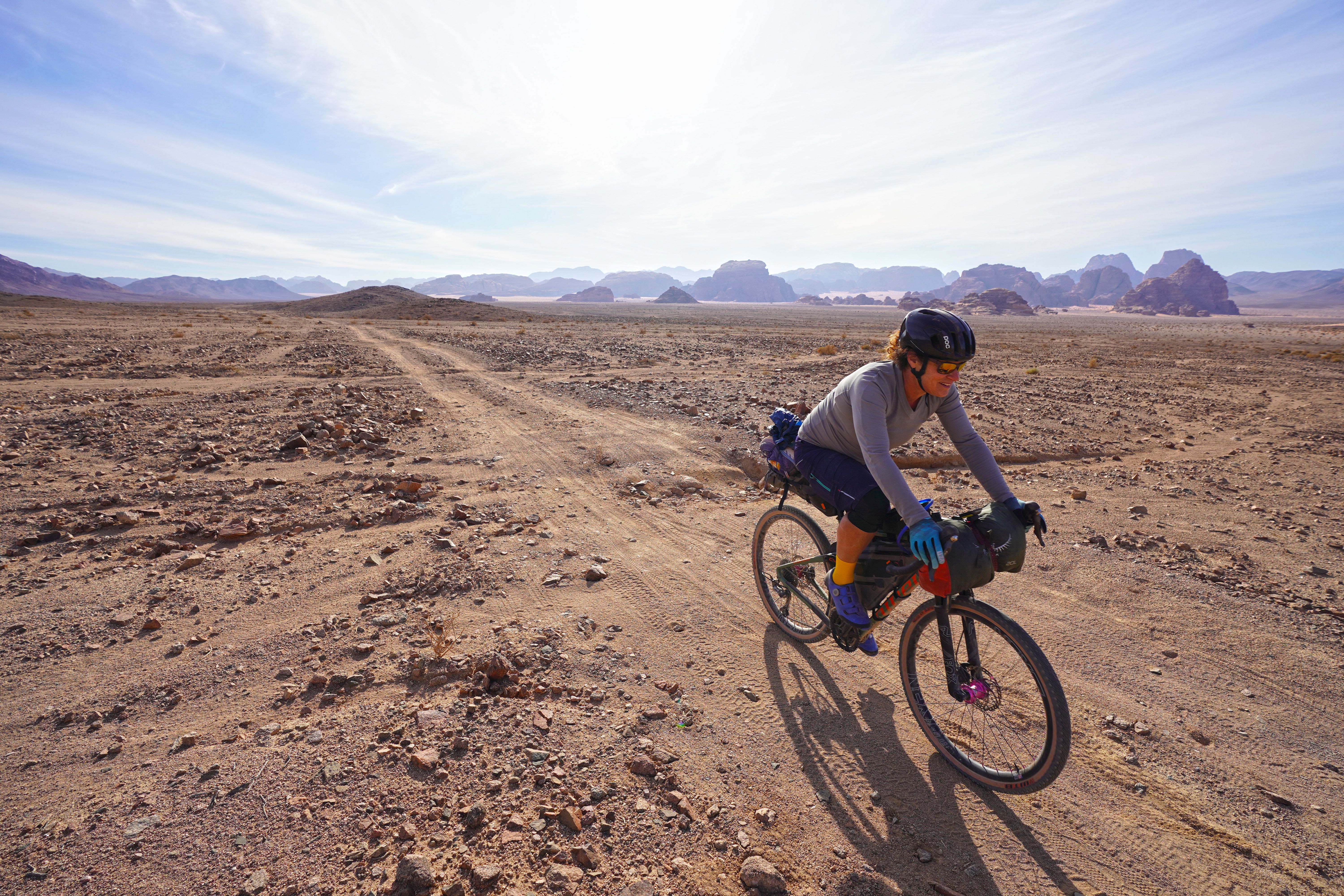Advnture Verdict
A very advanced and highly functional avalanche beacon, with a huge range of features – including the ability to operate analog and digital search options simultaneously. One of the very best avalanche transceivers you can buy.
Pros
- +
Self-tests on startup
- +
Big range
- +
Built-in motion sensor and additional frequency make this beacon easier to find in a search
Cons
- -
More features than most people need
- -
Software updates aren’t user friendly
- -
Pricey
You can trust Advnture
Mammut Barryvox S: first impressions
With a sturdy switch, shockproof housing, a 2.2-inch screen, and animated icons, the Mammut Barryvox S was one of the true stars of our avalanche beacon buying guide.
• List price: $550 (US) / £380
• Weight (including batteries, but not harness): 210g / 7.4oz
• Range: 70m / 230ft
• Antennas: 3
• Battery life: 300 hours in Send; 350 hours with lithium-ion batteries
Most users will turn it on and go, but more advanced users will use all of this beacon’s amazing features. You can scroll between signals, check the group and operate in digital or analog mode when there’s electrical interference.
The fully graphic display shows the distance, direction and number of targets. An intuitive interface guides you quickly and reliably from the signal search through the coarse and fine searches to the buried subject. All great stuff to help keep you safe in avalanche terrain.
Mammut Barryvox S: on the slopes

Some beacons have added functionality when they’re searching for another beacon of the same brand or model – the Mammut Barryvox S is one of them. If you’re searching for a victim with a Barryvox S, the beacon, which has a motion sensor, lets you know if the person buried is moving, which should also indicate whether they’re breathing.
These days, everyone has their phone in a pocket and many people also wear a smart watch. This beacon lets searchers know if it’s experiencing electrical interference from other devices, so that you can address the issue.
Some of the Barryvox S’s more advanced functions are stupid proof, because even experienced users can make mistakes. Do a group check and forget to put your beacon back in Send mode, and the Barryvox S will do it for you.
Most beacons have a Revert-to-Send function to protect searchers in the event of a secondary slide when their beacons are in search mode. This one uses its built-in motion sensor to revert you to Send mode. If it thinks you’ve been caught and that you’re buried, it auto-reverts.

Another cool feature of the Barryvox S is that you can use it in digital or analog modes. Analog guidance is helpful in complicated searches. Digital directions literally point you where you need to go. The Barryvox S is the only beacon that lets you use analog and digital to search at the same time. And, if there’s high electrical interference, it’ll tell you to switch to analog for more precise results. It also has one of the largest search strips of any beacon, a whopping 70m that can be extended in analog to 95m-100m, and that auto reverts to digital full-screen mode once the beacon picks up a signal.
The Barryvox S also works with alkaline as well as lithium batteries, which are less likely to leak, and which are more stable in low temperatures. Buried subjects can be marked and unmarked. Mammut also lets you personalize your start screen and user texts.
Aside from the standard signal frequency (457kHz) used by all avalanche transceivers, the Barryvox is equipped with an additional communications channel called W-Link. Avalanche transceivers that also transmit W-Link information can be recognized particularly quickly and reliably during a search.
My only gripe with this beacon: while you can update the software, it’s not a user-friendly process. Beacons can be updated from other Barryvox beacons running current firmware. Otherwise, you have to update them at an avalanche safety center, or a Mammut service center.
Vermont-based writer, photographer and adventurer, Berne reports on hiking, biking, skiing, overlanding, travel, climbing and kayaking for category-leading publications in the U.S., Europe and beyond. In the field, she’s been asked to deliver a herd of llamas to a Bolivian mountaintop corral, had first fat-biking descents in Alaska, helped establish East Greenland’s first sport climbing and biked the length of Jordan. She’s worked to help brands clean up their materials and manufacturing, and has had guns pulled on her in at least three continents.


